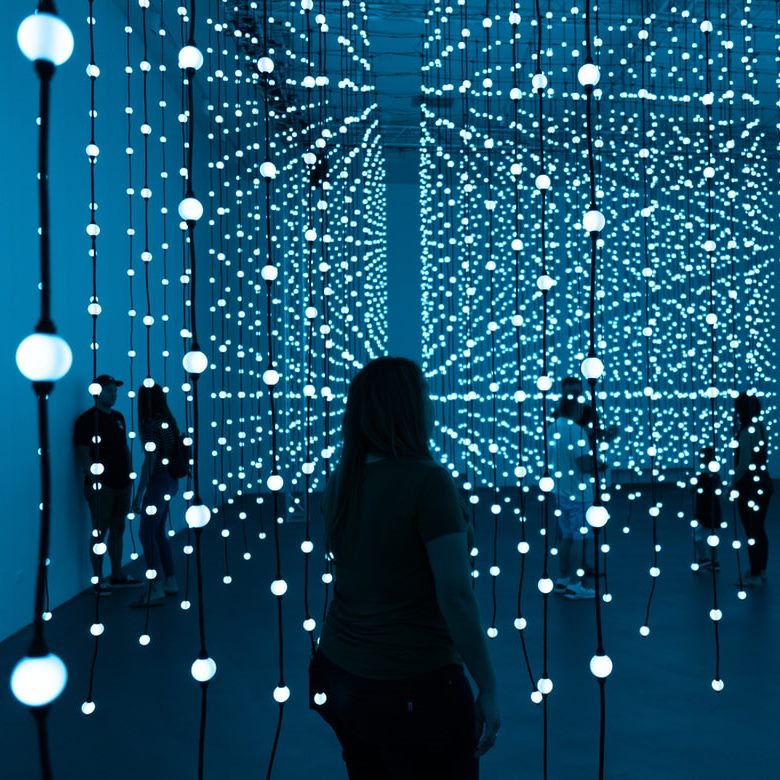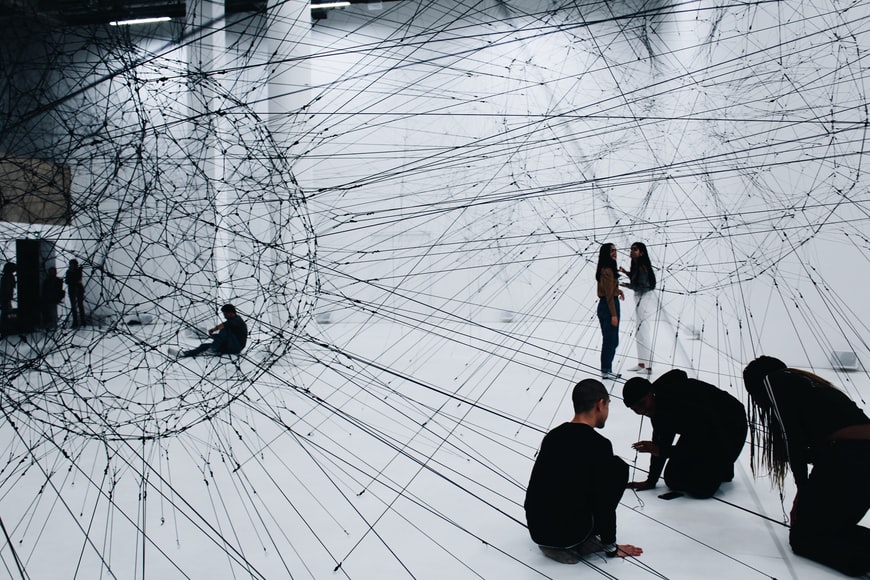
Art is a great way to express one’s imagination, thoughts, and creativity. It can be in music, dance, two-dimensional and three-dimensional art. One of the most trending types of art that enthusiasts will travel from different parts of the world to witness its uniqueness is art installations.
Installation art is the term coined to a three-dimensional art that typically occupies a portion or sometimes the entire gallery or room and is created to change a space’s perception.
Installation art is one of the most influential and immersive art forms created, which contemporary artists still admire to this day. Compared with traditional art forms such as painting and sculpture, installation arts are much more extensive, as they fill the whole area of the room or even the entire gallery space. When it emerged as a legitimate art movement in the 1960s, this art technique became one of the most trending and widespread strands of contemporary art practice. New and old artists embraced more adventurous and playful ways of transforming the gallery view experience.
History of Art Installation
Installation art was first recorded in the 1960s. This was when modern art installations started appearing in contemporary galleries, artists’ homes, reclaimed buildings, and other locations.
The early art installation was the natural extension of Marcel Duchamp who crafted the readymade art movement characterized by art made from manufactured objects. The avant-garde artists also influenced a lot since their works were created to generate questions rather than to reflect beautiful art ideas.
During the 1970s, installation artworks gained more acceptance in the art world, as renowned museums, and art galleries worldwide began to host and promote large-scale installations. During that time, its status evolved beyond conceptual and experimental. While installation art has become more mainstream, it’s not typically considered fine art.
If you’re an aspiring artist and want to learn the different aspects necessary to exhibit your ideas into three-dimensional art, here are some essential characteristics of art installation you need to tackle.
Significant Characteristics of Installation Art
Mixed Media
Artists usually create art installations in mixed media. Mixed media is a form of artwork composed of different media or materials. Artworks might involve paintings and sculptures. Some artists also go beyond their creativity and incorporate texts, music, and light, including electricity. Audio and video components usually serve as additional materials to interact with viewers. For a seamless and safe art installation, it’s best to install fire-rated access doors for wall installation to keep your electrical components safe and accessible if there is in need of repairs.
Non-collectible
Unlike a painting or small sculpture, art enthusiasts can’t usually purchase installation art to display in their home due to the works’ size, scope, uniqueness, or significance. You can find art installations in different art exhibits, museums, and galleries.
Large in scale
Art installation does not only include one or two pieces of art. Usually, these types of art require a large area or space to exhibit their artistic display properly. The pieces are created to be site-specific in locations like rehabbed warehouses, large rooms in a gallery space or museum, or even in a public art space.
Temporary
Almost all installation pieces are created to be temporary, whether the display period is a few months or a few years. There is the latest trend in the art world of traveling shows. Usually, the artist will set up and dismantle an immersive piece in several areas, such as galleries or museums, for several years.
Sensory-rich
Since art installations include mixed media, artwork can provide the viewers and enthusiasts with a sensory-rich experience. The installations invite the viewer to become a part of the scene by creating an all-encompassing environment the viewer can physically enter or use light, sound, or smell to create a complete set.
Installation art is one of the most overly-planned yet artistic ways of expressing oneself. The process of creating a successful display includes weeks to even months of preparation with the incorporation of architecture and a little bit of construction knowledge.
The longevity of the display also depends on how long an artist wants the installation to last. If you’re interested in creating an installation art of your own, try sketching up the details and consult the professionals for any assistance regarding the execution of your art.
You can also research fellow art installation artists’ safe practices and exhibitions. Remember that any form of art is enticing once you can capture the thoughts and hearts of your viewers.

